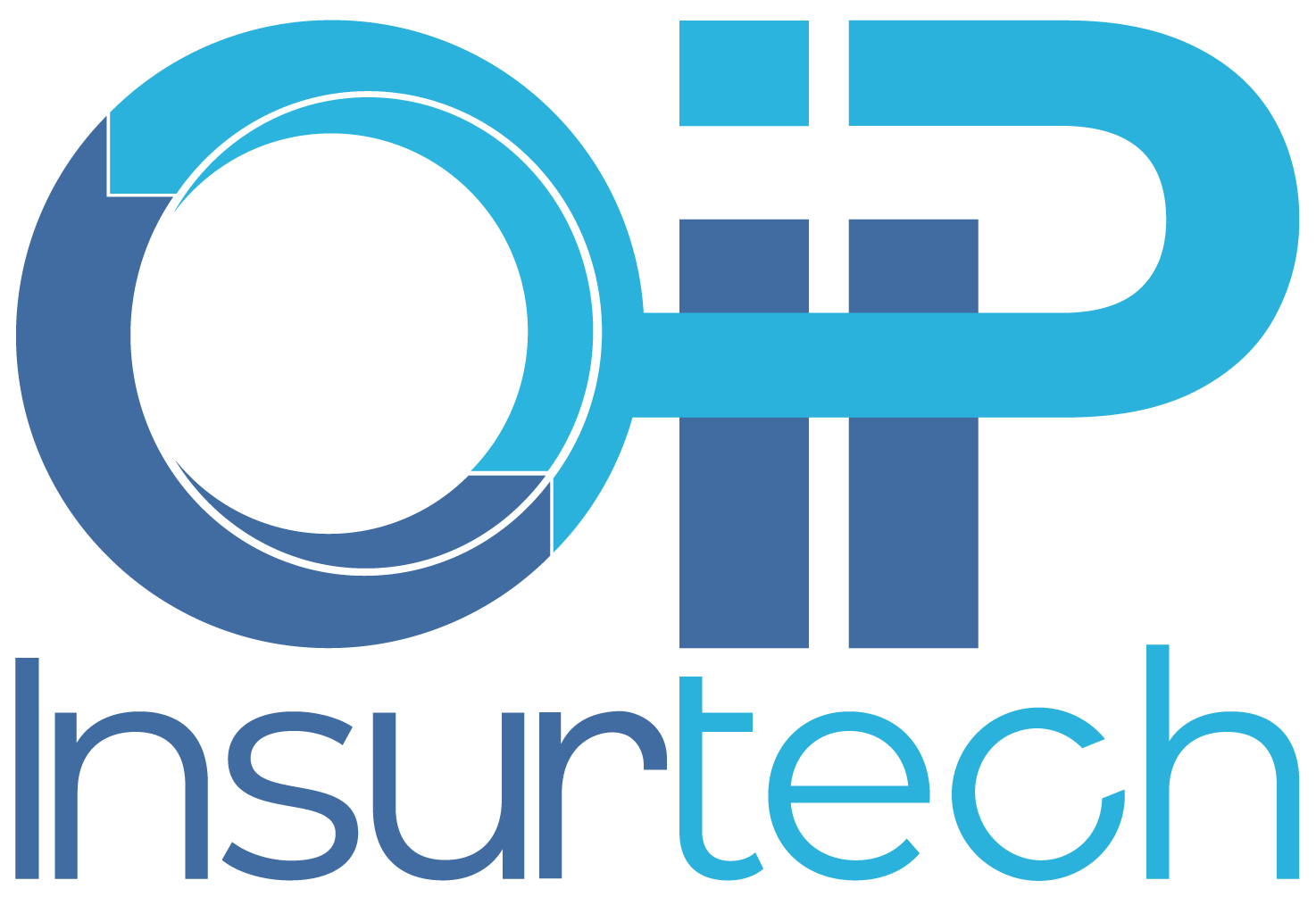Insurance Operations: 5 Experiences You Don’t Want to Go Through (And How to Prevent Them)
Some lessons in insurance operations are best learned before they happen to you.
A missed detail in a broker’s email. A poorly triaged submission that should’ve never hit the underwriter’s desk. A quote rushed out to meet quota, even though it’s not a fit.
These aren’t edge cases. They’re the everyday operational risks that slow teams down, drain margin, and burn out your best people.
We’ll break down the five experiences that insurance operations leaders work hard to avoid and how a smarter back office can prevent them from occurring. If you’re still manually reviewing SOVs, juggling inconsistent intake formats, or struggling to staff your underwriting desk, it’s time to fix it.
TL;DR
Tired of firefighting in your underwriting process?
This article covers:
- The top 5 insurance operations nightmares (and how to stop them before they start)
- Why document chaos and submission gaps are killing underwriter productivity
- How missing red flags leads to bad risk selection
- What happens when modeling teams can’t get data fast enough
- Why triage is the make-or-break step for profitability
- And how OIP Insurtech builds systems that prevent these issues from happening in the first place
If you’re ready to stop running in circles, it’s time to change how work flows.
Talk to our team and improve your insurance operations.

Experience #1: Wasting Hours on Inconsistent Submission Formats
The Problem
You know the drill. Submissions come in through email, portals, spreadsheets, and PDFs, sometimes all at once. No two brokers send information in the same way. Some include full loss runs and SOVs. Others send a bare-bones ACORD and expect a quote by EOD.
Your team ends up spending more time hunting for data than actually underwriting. Even worse? Key risks can get missed entirely because the information wasn’t where it should’ve been.
This chaos eats into turnaround time and inflates your cost per quote, especially when underwriters or analysts are acting like data entry clerks.
The Solution
This isn’t a staffing problem. It’s a triage problem.
By implementing a structured triage layer at intake, one that automatically classifies submission types, checks for the required documentation, and routes files correctly, you cut hours of manual work per submission. No more digging through attachments or resending checklist emails to brokers.
Solutions like InsurOPS 360 and Bound AI‘s automated intake tools let you:
- Enforce document standards regardless of how a submission is sent
- Flag missing info before it ever hits your team
- Auto-route submissions based on product line, appetite, or geography
You’re saving time and setting your underwriting desk up to win.
Experience #2: Underwriters Missing Red Flags Under Pressure
The Problem
Underwriters are expected to be both fast and flawless. But in reality, speed kills quality.
When production quotas dominate, underwriters start cutting corners. Red flags in loss runs go unnoticed. SOV anomalies are overlooked. And crucial details buried in broker emails never get read.
The result? Mispriced risk, increased exposure, and poor portfolio performance. Not because the underwriters aren’t capable, but because the process forces them to prioritize volume over accuracy.
The Solution
Remove the noise and give your team signal.
Start with tools and workflows that reduce decision fatigue: pre-structured checklists, automated extraction of key values from unstructured docs, and instant flagging of common risk indicators.
OIP Insurtech’s team support and Bound AI’s document intelligence engine help:
- Extract and highlight loss run anomalies automatically
- Pull quote-critical data from emails, PDFs, and attachments
- Feed that data directly into UW dashboards and checklists
This allows underwriters to do what they do best – evaluate risk without being bogged down in tedious tasks. You protect portfolio quality while meeting production demands.
Experience #3: Quoting Business That Doesn’t Fit
The Problem
It happens more often than people admit: underwriters quoting business outside of appetite just to hit their numbers.
Maybe the submission looks good at first glance. Perhaps the necessary data to rule it out wasn’t available in time, or the team was too stretched to properly vet every application. Either way, the result is the same – bound policies that don’t align with your ICP or pricing model.
This leads to leakage, re-underwriting, and long-term profitability issues that are hard to undo.
The Solution
Stop bad fits before they enter the pipeline.
That means automating triage – upfront intake that checks submissions against appetite, product line, and underwriting rules before your team spends a minute on them.
OIP Insurtech builds these workflows in collaboration with your team, using a mix of tech and trained talent to:
- Route submissions based on predefined fit criteria
- Flag incomplete or risky applications for further review
- Prevent non-ICP deals from eating up underwriting time
With Bound AI, you can also integrate smart document parsing and appetite filters that score fit instantly and redirect mismatched business before it clogs up your queue.

Experience #4: Manually Scrubbing Loss Runs for Critical Data
The Problem
Loss runs hold essential insight for underwriting and modeling teams, but pulling that insight out of massive, unstructured PDFs is a time drain.
Manual review means missed flags, inconsistent data capture, and slow cycles. Even when underwriters manage to comb through the documents, valuable context often gets buried in footnotes, attachments, or broker emails that no one has time to read thoroughly.
The result? Risky quotes, frustrated modeling teams, and delayed turnaround times.
The Solution
Let your team focus on decisions, not data digging.
OIP Insurtech offers skilled data analysts and AI-powered tools to automatically extract and structure key loss run details. We parse through PDFs, Excel files, and emails — pulling exactly what your underwriters and actuaries need, and delivering it in a standardized, usable format.
With Bound AI, you can:
- Extract over 99% of loss run fields with high accuracy
- Flag red flags like frequency, severity, or missing periods instantly
- Deliver clean, structured outputs straight to downstream models or underwriting dashboards
The days of toggling between documents and spreadsheets just to get a quote out? Over.
Experience #5: Wasting Time on Submissions You Shouldn’t Quote
The Problem
Not every submission deserves your team’s attention.
When triage isn’t automated, underwriters spend hours reviewing risks that don’t even fit the carrier’s appetite, product lines, or regional footprint. Some submissions lack basic requirements, others fall outside pricing models, or violate underwriting guidelines. Still, they get picked up because there’s no system in place to filter them upfront.
That leads to missed SLAs, quota pressure, and wasted hours your team never gets back.
The Solution
Pre-screening should happen before an underwriter ever opens a file.
With OIP Insurtech’s triage solutions, every submission is automatically sorted by fit, completeness, and urgency. Our approach combines skilled review teams with document classification tools and rules-based logic to ensure only viable submissions get passed through.
The result?
- Faster routing to the right desk
- Fewer dead-end quotes
- More time spent on high-opportunity risks
No more flying blind. With proper triage, your underwriting process becomes leaner, sharper, and built to scale.
The Bottom Line
Most insurance operations leaders don’t discuss these problems, but they live with them every day.
You don’t need more stress, more staff, or more tech demos. You need the right structure and support to stop these pain points before they start.
That’s where OIP Insurtech comes in. Our team builds triage workflows, augments underwriting capacity, and gives you eyes on every document before your team touches it, so you never quote blind or drop the ball again.
Because in insurance, prevention is performance.
Talk to our team and learn in more detail how we can solve your problems.
Start with triage. Use automation and skilled review teams to classify, complete, and route documents before underwriters ever see them.
Set clear appetite rules, then automate pre-checks. Tools like Bound AI can pull and flag key data early, so you quote only what fits.
Yes. With document triage, loss run parsing, and staff augmentation from OIP Insurtech, you can boost capacity without growing headcount.
